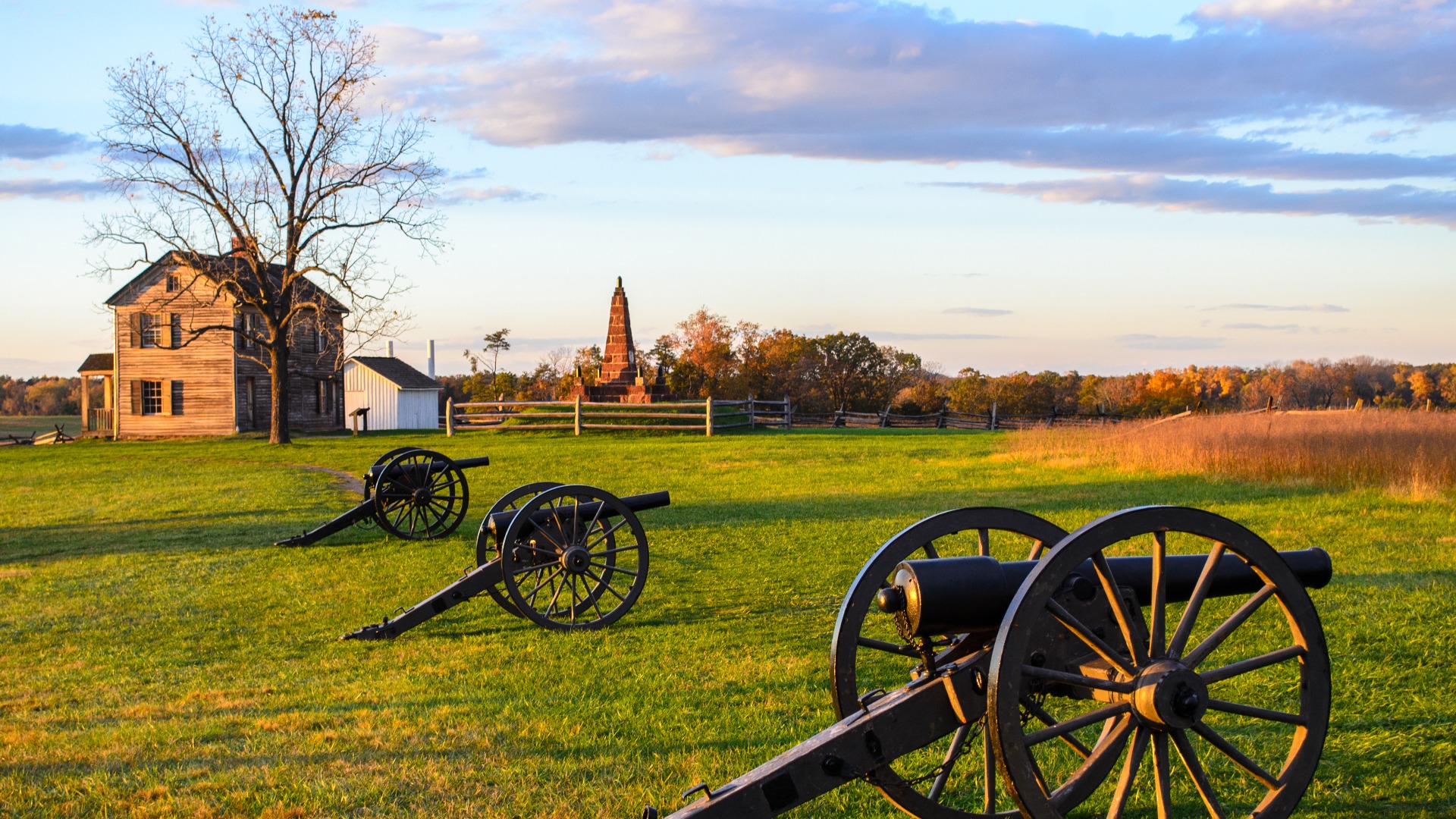Understanding Chimney Anatomy: A Comprehensive Guide for Prince William County VA Residents
Chimneys are an essential part of most homes in Prince William County, VA. They not only provide warmth and comfort during the cold winters but also add an aesthetic appeal to your home. However, many homeowners do not fully understand the structure and functioning of their chimneys. This lack of knowledge can lead to neglect, and eventually costly repairs. This comprehensive guide by “A&T Chimney Sweeps fireplace, furnace, dryer vent, gutter cleaning, and repair services in Prince William County VA” will help you understand your chimney’s anatomy, ensuring it remains in good working condition for years to come.
The Anatomy of a Chimney
A chimney is more than just a straight shot from the fireplace to the roof. It’s a complex system designed to efficiently and safely remove the smoke and gases produced by your fire. Here are the key parts of a typical chimney:
1. Chimney Stack: The most visible part of your chimney, the stack, rises above the roofline. It’s typically made of bricks or stones, although some modern chimneys might be made of metal.
2. Chimney Flue: The flue is the inner part of the chimney that channels the smoke and gases up and out of your home. It’s usually lined with clay or metal to protect the rest of the chimney from the heat and corrosive byproducts of combustion.
3. Chimney Cap: The cap is a protective cover placed on top of the chimney. Its purpose is to keep water, animals, and debris from entering the chimney.
4. Chimney Crown: This is a concrete or cement slab that sits at the top of the chimney stack, around the base of the flue. It slopes downward to direct water away from the chimney, protecting it from water damage.
5. Chimney Flashing: The flashing is a thin piece of metal that seals the gap between the chimney and the roof, preventing water from seeping in and causing damage.
6. Damper: Located near the base of the chimney, the damper is a movable metal plate that you can open when you’re using the fireplace and close when it’s not in use to prevent heat loss.
7. Firebox: This is the area where the fire is lit. It’s lined with fireproof materials to withstand the high temperatures.
8. Ash Dump: Located beneath the firebox, the ash dump is a small pit where you can sweep the ashes after a fire.
9. Smoke Shelf: Situated behind the damper, the smoke shelf is designed to catch falling debris and prevent downdrafts from blowing smoke back into the home.
Maintaining Your Chimney
Understanding the anatomy of a chimney is the first step to its proper maintenance. Regular chimney inspections and cleanings are essential to ensure the safety and efficiency of your fireplace. Creosote, a highly flammable byproduct of wood combustion, can build up in the flue and cause chimney fires if not regularly removed.
Moreover, water leaks, cracks in the chimney crown or walls, and blockages can also pose serious risks. A professional chimney sweep company can help you identify and address these issues before they become major problems.
FAQs
Q1: How often should I have my chimney inspected and cleaned?
A: The National Fire Protection Association recommends having your chimney inspected at least once a year and cleaned as necessary.
Q2: What are the signs that my chimney needs cleaning?
A: If you notice a build-up of soot in the firebox, a strong, unpleasant odor coming from the fireplace, or a reduced drafting of smoke, it might be time for a chimney cleaning.
Q3: What is a chimney liner and why is it important?
A: A chimney liner protects the chimney walls from heat and corrosion. It also improves the efficiency of your fireplace by maintaining the optimal size and shape of the flue.
Q4: Can I clean my chimney myself?
A: While it’s possible to clean your chimney yourself, it’s usually best to leave this task to professionals. They have the tools and expertise to do the job safely and effectively.
Q5: Can a damaged chimney be repaired?
A: Yes, most chimney damages can be repaired. Depending on the severity of the damage, you may need to replace certain parts of the chimney or, in extreme cases, rebuild the entire chimney.
In conclusion, understanding your chimney’s anatomy and maintaining it properly is vital for the safety and comfort of your home. For professional assistance, consider reaching out to a reputable chimney sweep company like A&T Chimney Sweeps in Prince William County, VA.








